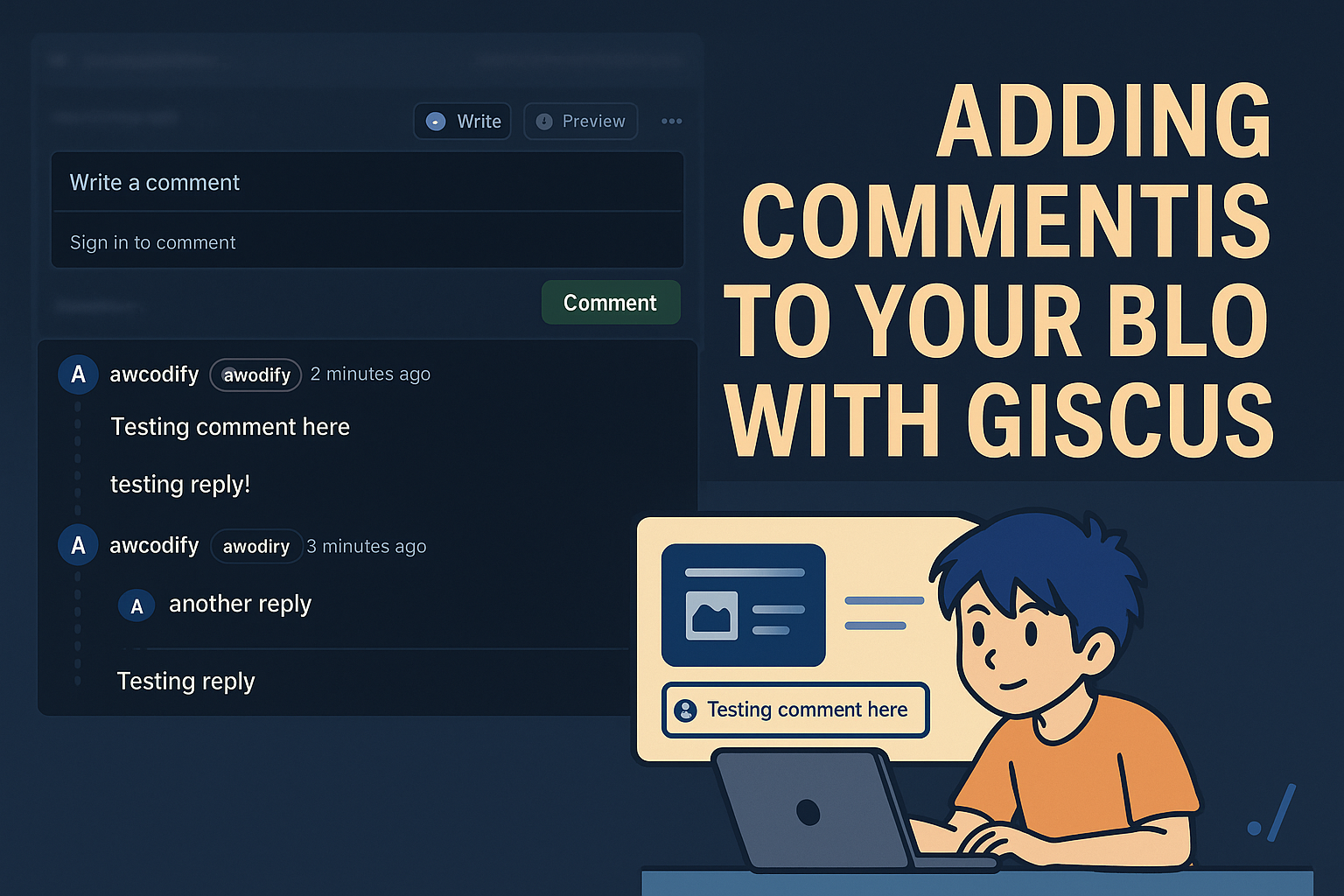Typography and Readability in Arsxy Theme
How Arsxy theme optimizes typography and readability for technical content and long-form articles

Typography is the foundation of any good reading experience. This post explores how Arsxy theme implements typography best practices to create optimal readability for technical content.
The Importance of Typography in Technical Content
Technical content comes with unique readability challenges:
- Code blocks interspersed with explanatory text
- Complex concepts that require focused attention
- Longer time spent reading documentation
Arsxy theme addresses these challenges through intentional typography decisions that reduce cognitive load and eye strain.
Font Selection Philosophy
Arsxy uses a carefully considered font strategy:
Text Font
The primary text font strikes a balance between:
- Readability: Clear letterforms with appropriate x-height
- Character distinction: Easy differentiation between similar characters (like 1, l, I)
- Weight options: Multiple weights for creating visual hierarchy
Heading Font
The heading font provides:
- Visual distinction from body text to aid in scanning
- Slightly condensed design for space efficiency in headings
- Strong character that sets the tone for the content
Monospace Font
For code blocks and technical content:
- Fixed-width characters for code alignment
- Clear distinction between similar characters (0, O, etc.)
- Slightly increased height for better readability at smaller sizes
Typography Scales and Hierarchy
Arsxy implements a modular scale for consistent sizing:
| Element | Size (rem) | Weight | Purpose |
|---|---|---|---|
| h1 | 2.5 | 700 | Page titles, major section breaks |
| h2 | 2.0 | 700 | Main content divisions |
| h3 | 1.5 | 600 | Sub-sections within content |
| h4 | 1.25 | 600 | Minor divisions within sub-sections |
| Body | 1.0 | 400 | Main content text |
| Small | 0.875 | 400 | Secondary information, metadata |
| Code | 0.9375 | 400 | Inline code samples |
Line Length and Spacing
Optimizing the reading experience through spacing:
Line Length
Arsxy limits line length to approximately 80 characters (around 700px), which research shows is optimal for readability and comprehension.
Line Height
Line height (leading) is set proportionally:
- Body text: 1.6 (160% of font size)
- Headings: 1.2-1.3 (tighter for cohesion)
- Code blocks: 1.5 (more space for clarity)
Paragraph Spacing
Paragraphs use margin rather than indentation, with spacing calibrated to:
- Clearly separate paragraphs
- Maintain visual connection between related paragraphs
- Create appropriate breathing room without excessive whitespace
Responsive Typography
Typography adapts seamlessly across devices:
// Mobile typography adjustments
@media screen and (max-width: 768px) {
:root {
--base-font-size: 16px;
--h1-size: 2rem;
--h2-size: 1.75rem;
--h3-size: 1.5rem;
}
.content {
padding: 1rem;
}
}
// Large screen enhancements
@media screen and (min-width: 1400px) {
:root {
--base-font-size: 18px;
--line-length: 42rem;
}
}
Dark Mode Typography Adjustments
Dark mode requires special typography considerations:
- Slightly increased font weight: Compensates for perceived thinning on dark backgrounds
- Reduced contrast: Uses light gray (#e0e0e0) instead of pure white to reduce eye strain
- Adjusted code highlighting: More subdued syntax colors for comfortable nighttime reading
Accessibility Considerations
Arsxy prioritizes accessible typography:
- Minimum font size: Never smaller than 14px (typically 16px+)
- Sufficient contrast ratios: WCAG AA compliance (4.5:1 for normal text)
- No text in images: All important content as real text for screen readers
- Adjustable font size: Text scales proportionally with browser settings
Typographic Details
Link Styling
Links are designed for clear identification without disrupting reading flow:
- Subtle color difference from regular text
- Optional underline on hover (configurable)
- Focus states for keyboard navigation
Lists and Block Elements
Special attention to structural elements:
- Appropriate indentation for nested lists
- Distinct styling for blockquotes and callouts
- Consistent spacing for definition lists and tables
Code Typography
Code blocks feature:
- Syntax highlighting with carefully selected colors
- Line numbers for reference in tutorials
- Proper overflow handling with horizontal scrolling
Customizing Typography
You can easily customize typography through variables:
// In _sass/_variables.scss
// Font families
$base-font-family: "Inter", system-ui, sans-serif;
$heading-font-family: "Manrope", system-ui, sans-serif;
$mono-font-family: "Fira Code", monospace;
// Base sizes
$base-font-size: 1rem; // 16px
$base-line-height: 1.6;
// Heading sizes
$h1-font-size: 2.5rem;
$h2-font-size: 2rem;
$h3-font-size: 1.5rem;
$h4-font-size: 1.25rem;
$h5-font-size: 1.125rem;
$h6-font-size: 1rem;
// Weights
$font-weight-normal: 400;
$font-weight-medium: 500;
$font-weight-semibold: 600;
$font-weight-bold: 700;
Typography in Practice
Let’s see how Arsxy’s typography handles various content types:
Article Introduction
The intro paragraph in Arsxy uses a slightly larger font size to draw readers in and establish the topic before diving into details.
Section Headings
Section headings use size, weight, and spacing to create clear content divisions that aid in scanning and comprehension.
Code Examples with Explanations
Code and explanatory text are visually distinct but harmonious:
// This function toggles the theme between light and dark mode
function toggleTheme() {
// Get the current theme
const currentTheme = document.documentElement.getAttribute('data-theme');
// Determine the new theme
const newTheme = currentTheme === 'dark' ? 'light' : 'dark';
// Update the HTML attribute
document.documentElement.setAttribute('data-theme', newTheme);
// Save the preference
localStorage.setItem('theme', newTheme);
}
The function above demonstrates clean code presentation with comments that explain the purpose of each code block.
Block Quotes and Callouts
Typography is the craft of endowing human language with a durable visual form. — Robert Bringhurst, The Elements of Typographic Style
Block quotes are visually distinct to highlight important quotations or referenced material.
Conclusion
Typography might seem like a small detail, but it’s the foundation of how readers interact with your content. Arsxy theme’s typography is designed specifically for technical content, balancing readability, aesthetics, and functionality.
By carefully considering every typographic element—from font choice to line height to spacing—Arsxy creates an optimal reading environment for your audience, whether they’re reading documentation, tutorials, or technical blog posts.


Comments